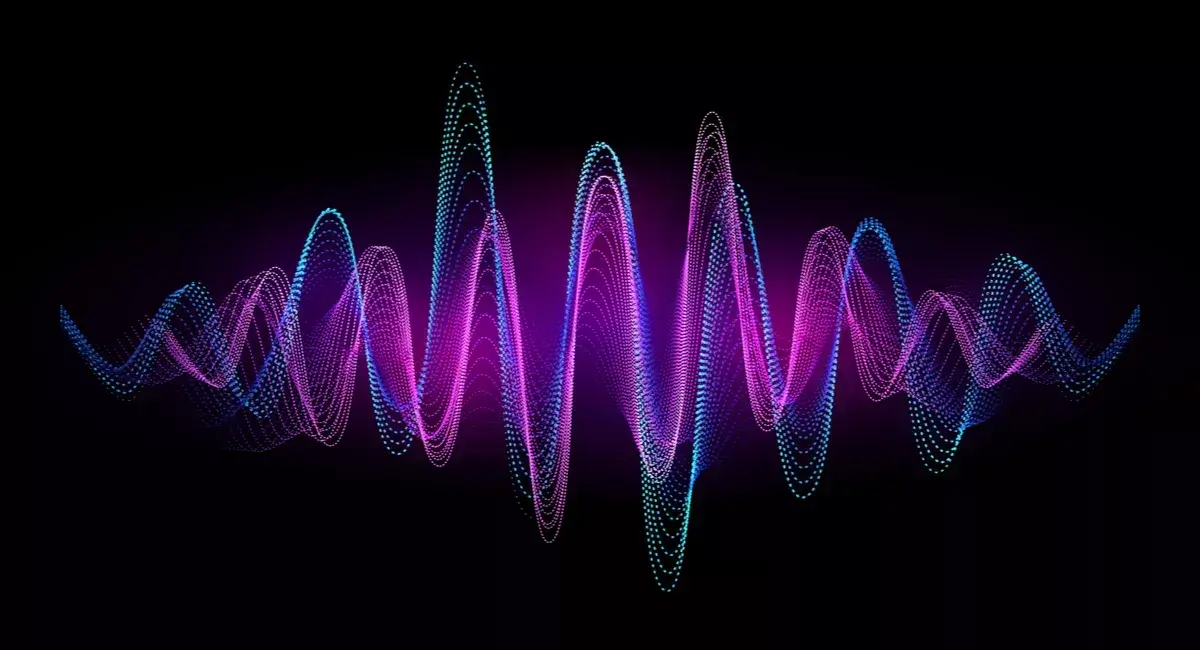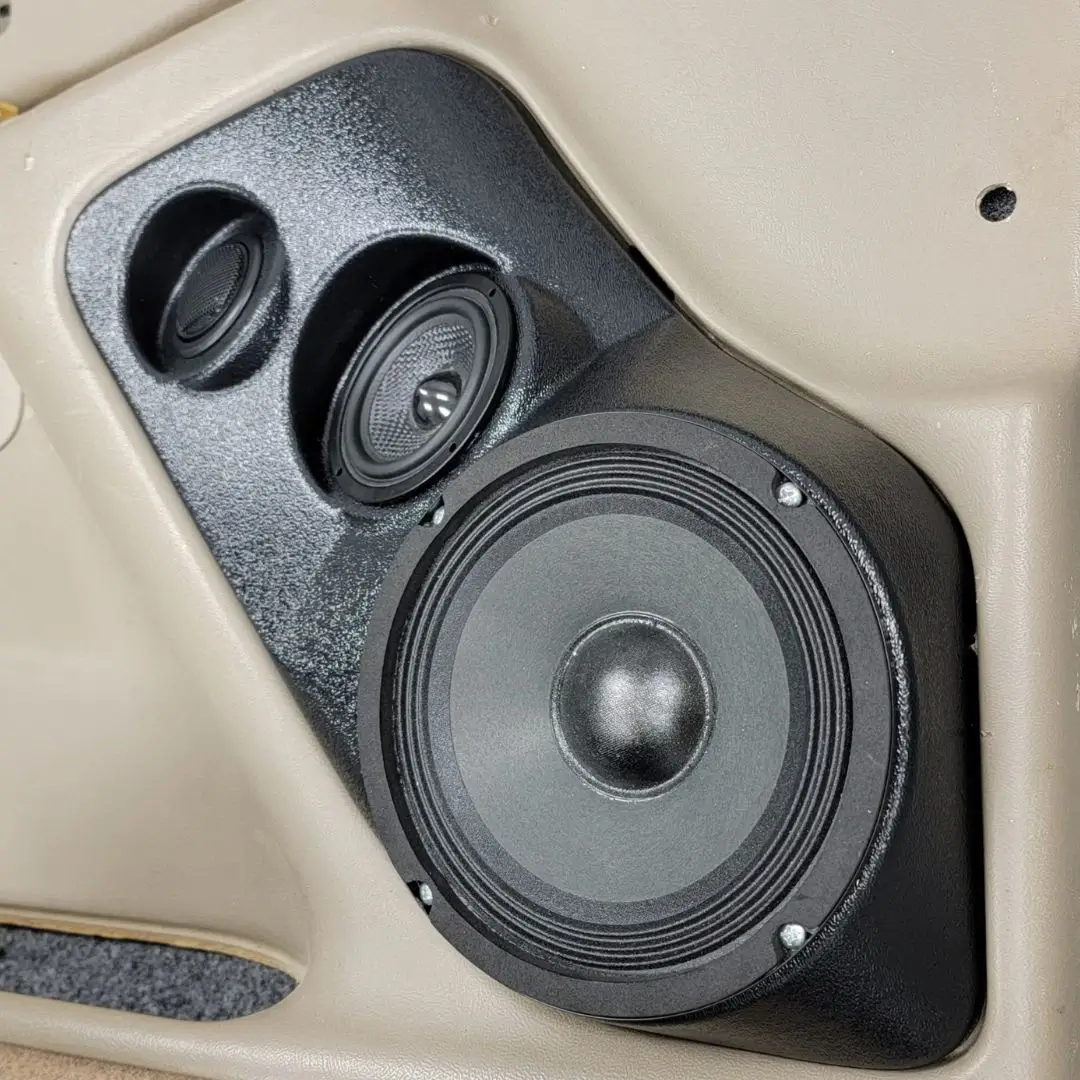Why Professional Tuning is 90% of Your System's Sound
You can buy the best equipment in the world, but without a professional, instrument-assisted tune, you're only hearing a fraction of its potential. This article dives deep into the world of Digital Signal Processors (DSPs), time alignment, and equalization to explain why the final tune is the most critical step in achieving breathtaking audio.
Learn About Tuning





